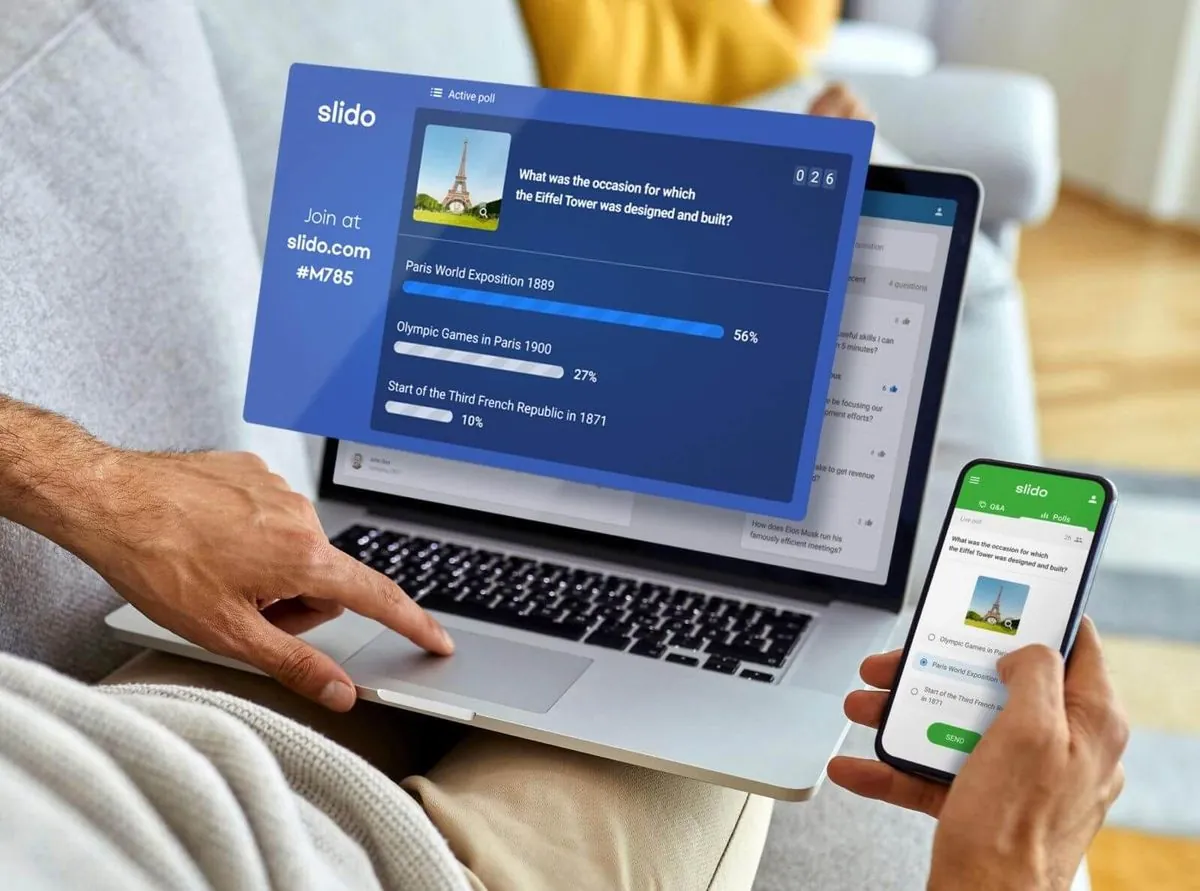In the aftermath of Nov 5th election polling firms face a familiar problem: their numbers missed Donald Trumps actual support by three-points. This continues a pattern from previous elections where polls under-counted his voters
The pre-election data showed Trump behind Kamala Harris by 1 point; however the final count put him ahead 50% to 48%. Its worth noting that similar mis-calculations happened in previous cycles: four points off in 2020 and two points in 2016
State-by-state results show interesting patterns — battleground regions like Arizona and Georgia (where surveys predicted Trump wins) still had one-to-three point gaps between polls and real numbers. The rust-belt states showed even more striking differences:
- Pennsylvania results
- Wisconsin numbers
- Michigan outcomes
“Its hard to escape the idea that theres a challenge in reaching Trump voters“ says Charles Franklin from Marquette Law School who leads a polling assessment team. His Wisconsin poll tried new methods this year — dividing the state into 90 micro-regions instead of just 5; still ended up two points off
Modern tech makes polling harder than twenty years back: spam texts flood phones making people less likely to answer surveys. Christopher Wlezien from Texas University points out that response rates keep dropping; while Josh Clinton from Vanderbilt thinks these misses hurt public trust in political research
Pollsters DC pundits and the media always underestimated President Trump and his historic coalition of supporters
The problem seems unique to presidential races — midterm election polls in 2022 and 2018 didnt show this pattern. Experts think it might relate to occasional voters who only show up for big elections
